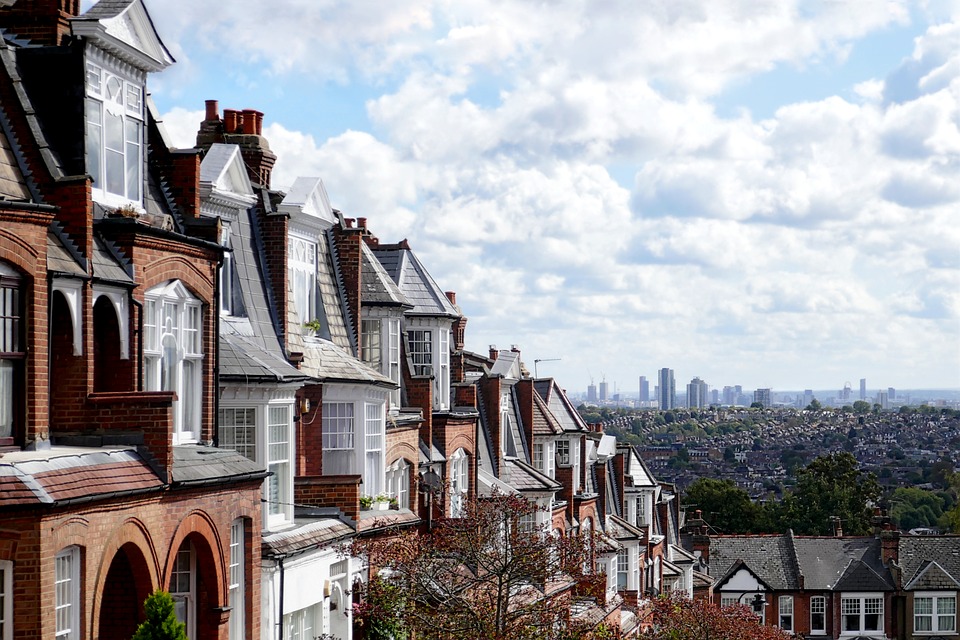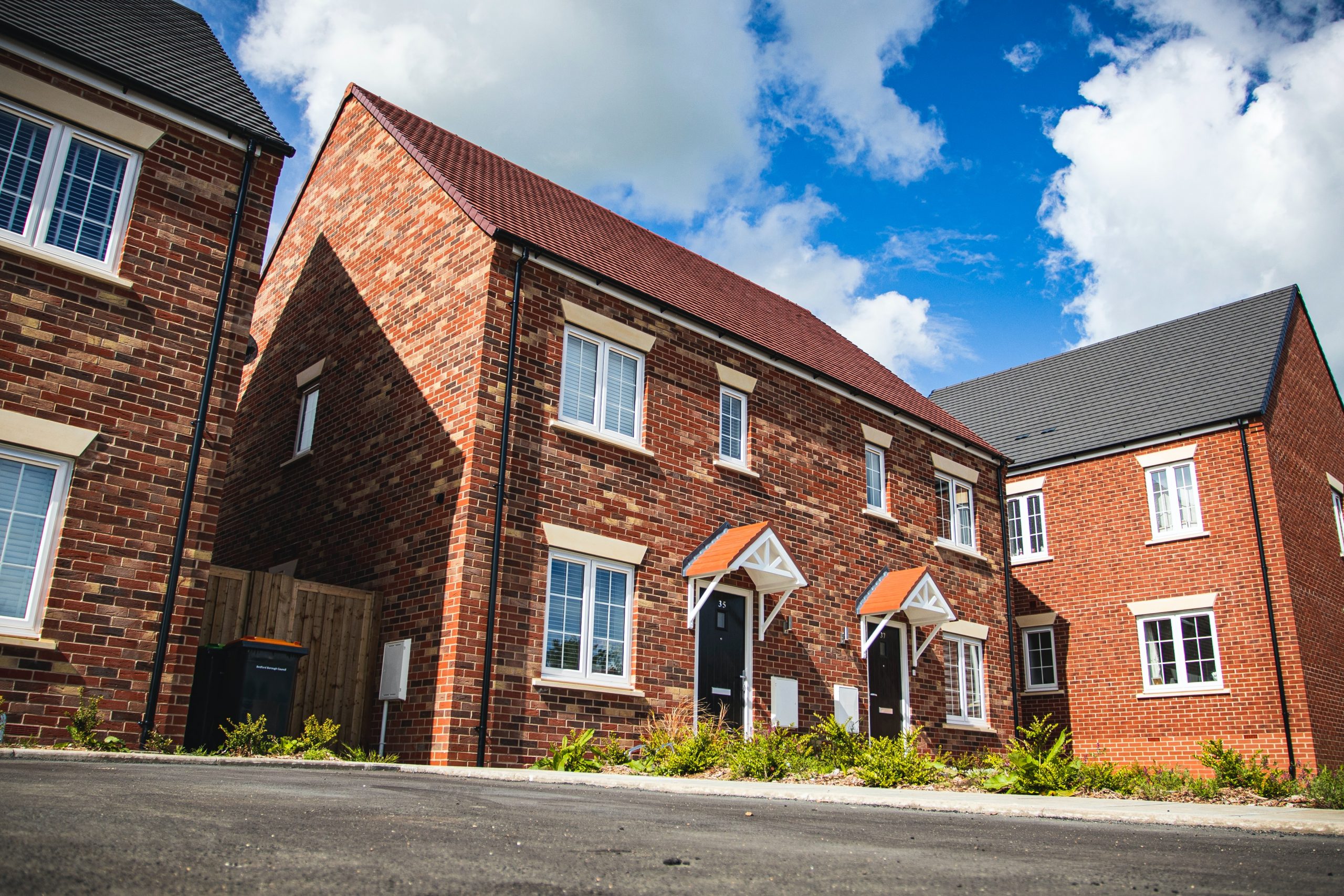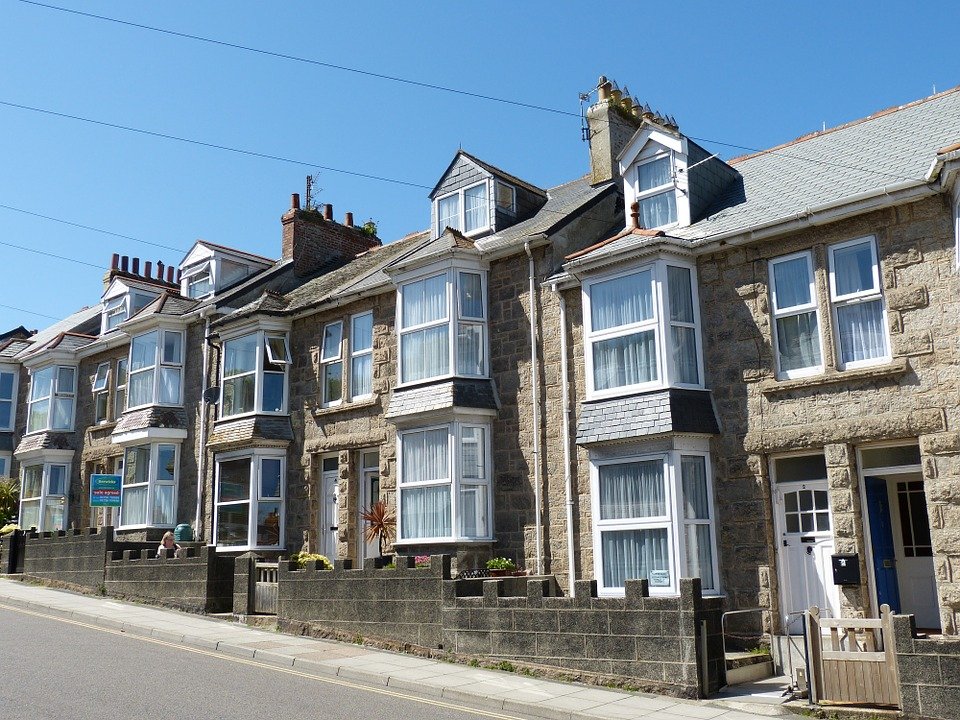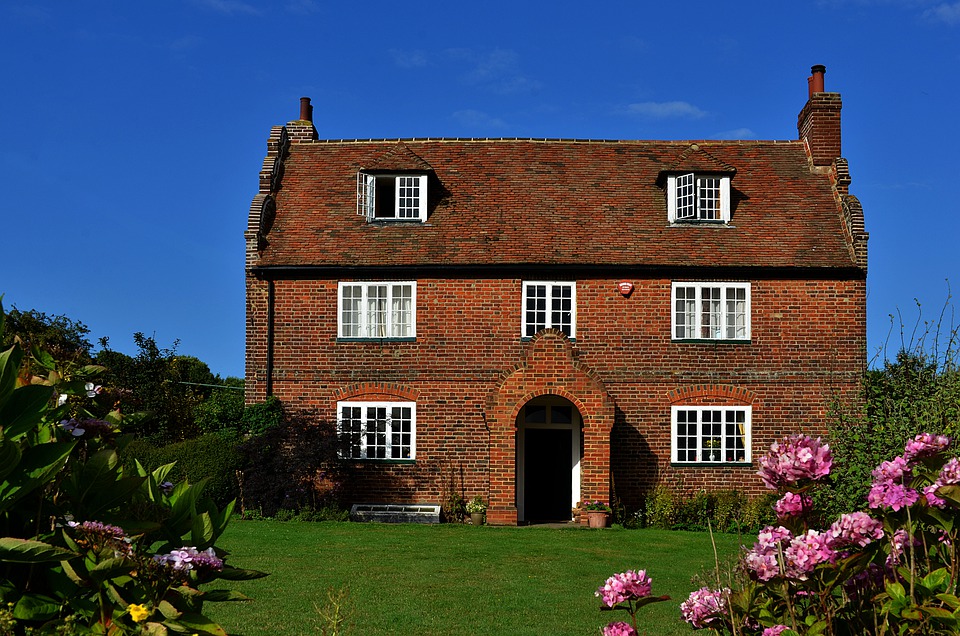House prices have dropped 5.3% in the last year, Nationwide’s August house price index released on Friday shows – the biggest fall it has reported since 2009.
The building society said the typical home is now worth £259,153, an annual drop of around £14,600 compared to August 2022.
This represents a larger fall than the 3.8% annual drop Nationwide reported in July.
Between July and August, the average house price has fallen by 0.8% or £1,675 on a seasonally adjusted basis, it said.
Contact us today to speak with a specialist Commercial Finance Broker to discuss how we can assist you.
Industry reactions:
Simon Gerrard, managing director of Martyn Gerrard, said: “The economic pressures caused by interest rates hikes are continuing to impact the direction of the housing market, as demonstrated by today’s figures. However, whilst buyer confidence may still not be at its strongest, demand for homes and interest in buying remains high. We’re continuing to see high levels of enquiries, and hopefully if the base rate is now at or nearing its peak, confidence and some urgency will fuel the market.
“We have seen the seasonal patterns to demand return, and August is typically a slower month as people prioritise their Summer holidays over house hunting, so it’s important to contextualise these figures and bear in mind that active demand is likely to pick up again in September. The recent inflation data is encouraging and suggests that we should be nearing the end of our current interest-rate cycle. Once we see downward pressure on interest rates, I expect we’ll see a lot of pent-up demand released and, as a result, a return to consistent growth for house prices. The final months of this year could see a flurry of activity if the Bank of England begins to bring interest rates down again.
“Once this demand is released, however, we’ll still see the housing market battling the issue of limited supply which has been preventing a properly performing market for decades. Nothing of any substance is being done on this front despite reports this month that one in 50 Londoners are homeless, highlighting the severity of the crisis we’re facing.
“Government moves to allow permitted development for extra floors on blocks of flats are meaningless when councils still have carte blanche to block development on aesthetic grounds, which are completely subjective. The government needs to overhaul our existing planning system, which is not fit for purpose and get Britain building again.
“Instead, it’s displayed more interest in appeasing its NIMBY backbenchers and voting base rather than delivering on housebuilding targets or keeping councils in line. It’s a tired routine of offering catchy soundbite policies that have virtually no substance or impact, which is at the root of the housing crisis. We remain in desperate need of real reform to update our archaic planning system, and only then will we see the property market working as it is supposed to.”
Iain McKenzie, CEO of The Guild of Property Professionals, commented: “Last month saw a bigger decline in house prices than usual for the summer – leaving the average home worth £15,000 less than this time last year.
“The industry has proven resilient to this volatility throughout 2023, with the picture a lot less gloomy than previously forecasted.
“House prices are still well above pre-pandemic levels, but homeowners that haven’t reacted to the changing outlook may find that their property is slower to sell.
“Consult your local estate agent if you are unsure of what your home may be worth, as they should also have a sound idea of what the market is like in your area.
“Cash is king at the moment, with such buyers speeding up the process for sellers – although they usually want more flexibility on the asking price.
“The sluggish rate of mortgage approvals throughout the year has caused a significant decrease in the number of first-time buyers getting their foot on the property ladder.
“All eyes will be on the next few months. Demand usually remains high in the autumn, as potential buyers look to get moved in before the festive season. With sales figures still buoyant, it is unlikely that we will see any sharp falls for the rest of the year.”
Nicky Stevenson, MD at Fine & Country, said: “Mortgage rates are squeezing buyer affordability, leading to lower asking prices and offers, and softening average house price growth.
“Despite the pressure on budgets, people have got used to the higher rate environment, and many homes are now being priced accordingly to attract interest and offers.
“As we come out of the summer, demand is expected to build again, and many sellers are looking to begin marketing their home in September.
“A steady pipeline of sales, coupled with falling inflation and a strong labour market, should help the property market enjoy a soft landing over the coming months.
“A pause in base rate rises is what is really needed to give the market that extra jolt of energy — and hopefully that will become a reality this side of the new year.”
Jeremy Leaf, north London estate agent, commented: “Cash buyers are more dominant in the market as house prices continue to be supported by a shortage of stock and fewer, but more serious, buyers as part of a two-tier market.
“Serious sellers are recognising they may not achieve exactly what was originally anticipated but, bearing in mind that four out of five are also buyers, they‘re concentrating on the difference between the two prices rather than headline figures.
“Those sellers refusing to recognise the new realities and that prices are softening, remain on the market and often have to accept lower than their original valuation in order to eventually achieve that move.”
Read about the UK Housing Market via our Specialist Residential & Buy to Let Division
Chris Druce, senior research analyst at Knight Frank, said: “The Bank of England’s rate setting decision later this month, and the messaging around it, will be a key moment for the UK housing market.
“If, as believed, we are near the peak of the rate-rising cycle we can expect buyer confidence to improve in the second half of this year, after a challenging period that has seen people’s spending power reduced and activity slow.
“Surety about rates will allow buyers to plan more effectively, although affordability will continue to be stretched and we expect pressure on pricing and transaction volumes to continue through this year and next.
“However, demand should prove more resilient than expected given the shock-absorber effect of strong wage growth, lockdown savings, the availability of longer mortgage terms, flexibility from lenders and the popularity of fixed-rate deals in recent years.”
Mark Harris, chief executive of mortgage broker SPF Private Clients, commented: “Until we see a consistent and more considerable decline in mortgage pricing, buyers relying on mortgages are inevitably going to be more price sensitive in coming months on the back of affordability concerns.
“With another 25 basis points interest rate rise expected from the Bank of England later this month, we are not out of the woods just yet when it comes to rising mortgage costs.
“However, a number of lenders have been reducing their fixed-rate mortgages on the back of better-than-expected inflation news. This has led to a calming of Swap rates, which underpin the pricing of fixed-rate mortgages, after a period of considerable volatility and bodes well for further reductions in coming weeks.”
Jonathan Hopper, CEO of Garrington Property Finders, said: “Hopes that this would be a brief or even gentle reset are fading faster than people’s summer tan lines.
“Instead, much of the property market is going through an increasingly sharp correction, with sellers enduring the fastest fall in average prices since July 2009.
“Meanwhile many would-be buyers are still being prevented from capitalising on the falling prices by the high cost of mortgages – which means that areas they might previously have chosen to buy in have become less affordable even as prices come down.
“The net effect has been a dramatic slowdown in the number of homes being bought and sold. The number of purchases completed in the first half of 2023 was down nearly a fifth on its pre-pandemic level, and was almost 40% below the 2021 level.
“On the property frontline we’re seeing a rapid unravelling of the post-lockdown boom. With interest rates unlikely to come down any time soon, buyers who rely on a mortgage will continue to see their affordability stretched and this will prompt some to look for smaller homes in cheaper areas.
“At the top end of the market, cash buyers are sensing that now is a good time to strike – and many are coming out of the woodwork to play their increasingly strong hand.
“While all buyers are wary of paying a price today that could be lower tomorrow as the market settles further, this is unquestionably a buyer’s market – and sellers are increasingly willing to accept below asking price offers from committed, proceedable buyers.”
Giles Mackay, founder of UPSTIX, added: “The continued decline in house prices has not been met by an uptick in sales, which may leave prospective sellers worried about their ability to transact without dropping prices further. In fact, according to Rightmove’s data earlier last week, volumes are still down 15 percent on 2019 levels.
“In a cool market where prices still remain significantly above pre-pandemic levels, those looking to sell should prioritise speed if they want to maximise returns.”
By Marc Da Silva
Source: Property Industry Eye








